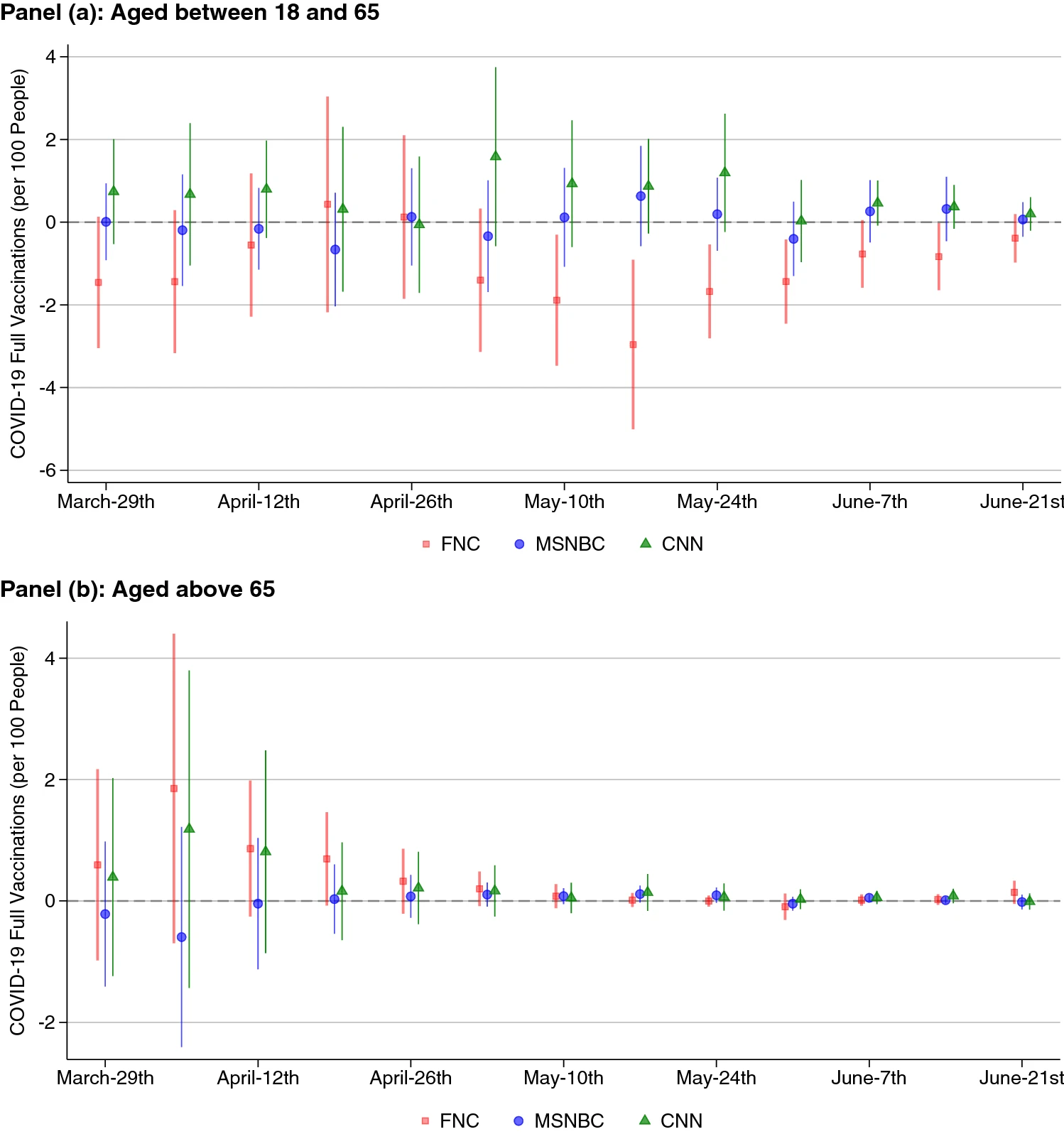Highlights
- We exploit language differences to study the causal effect of fake news on voting.
- Language affects exposure to fake news.
- German-speaking voters from South Tyrol (Italy) are less likely to be exposed to misinformation.
- Exposure to fake news favours populist parties regardless of prior support for populist parties.
- However, fake news alone cannot explain most of the growth in populism.
